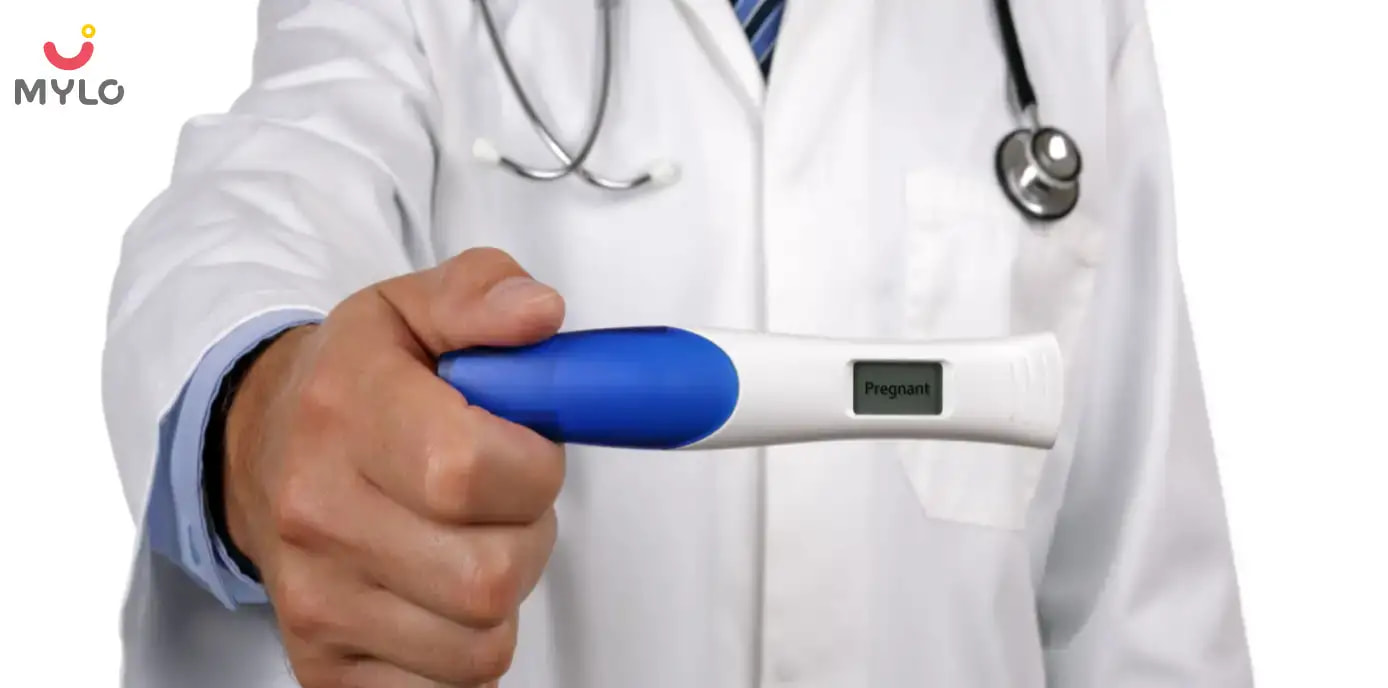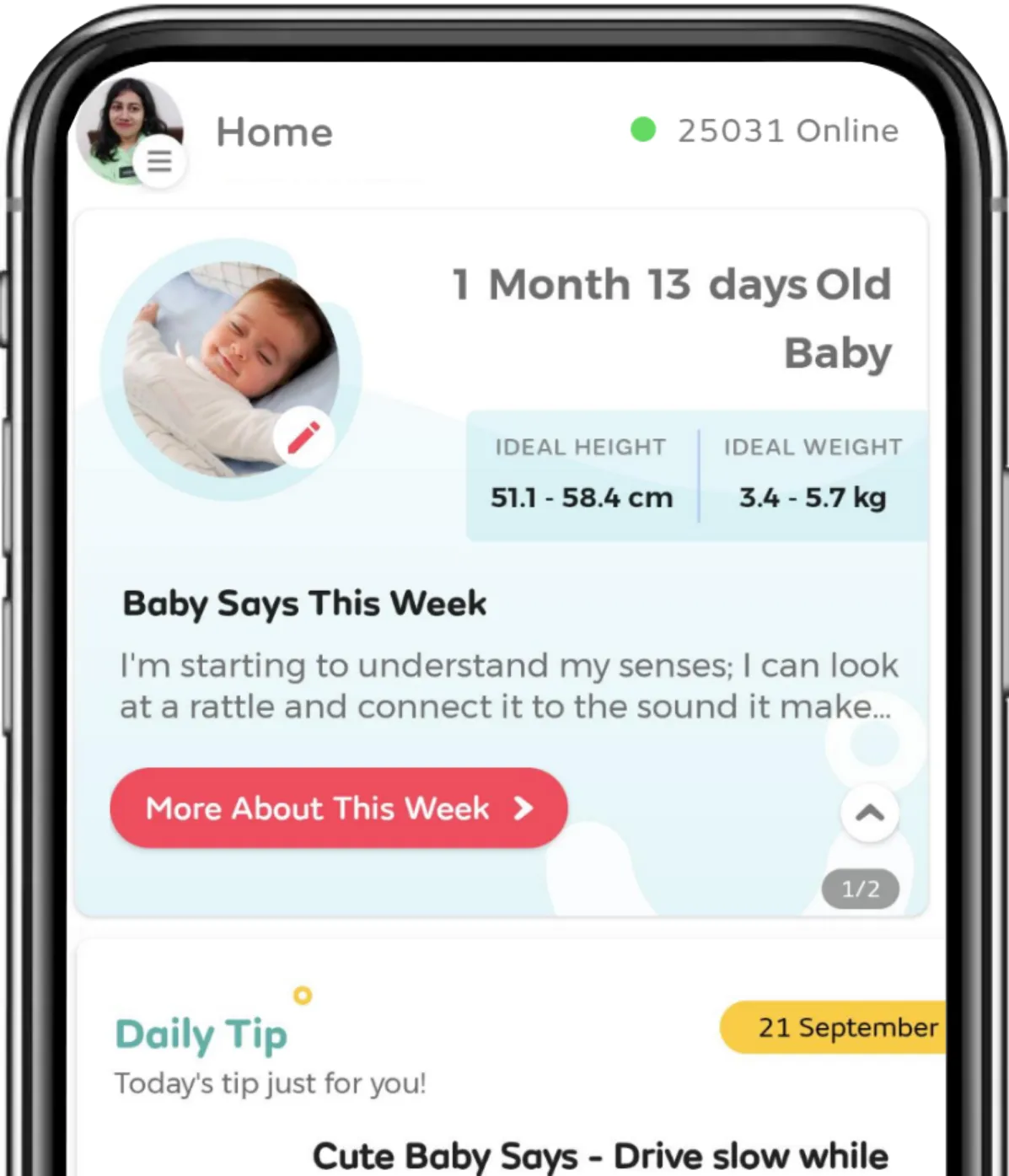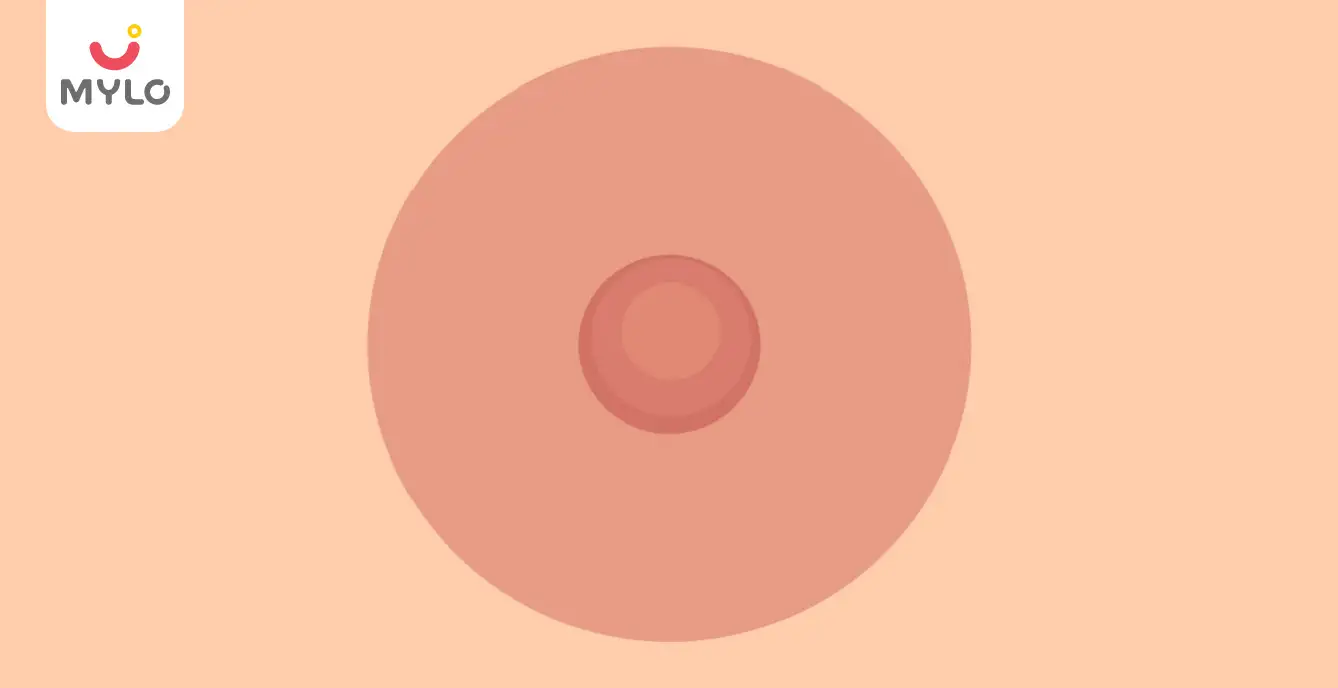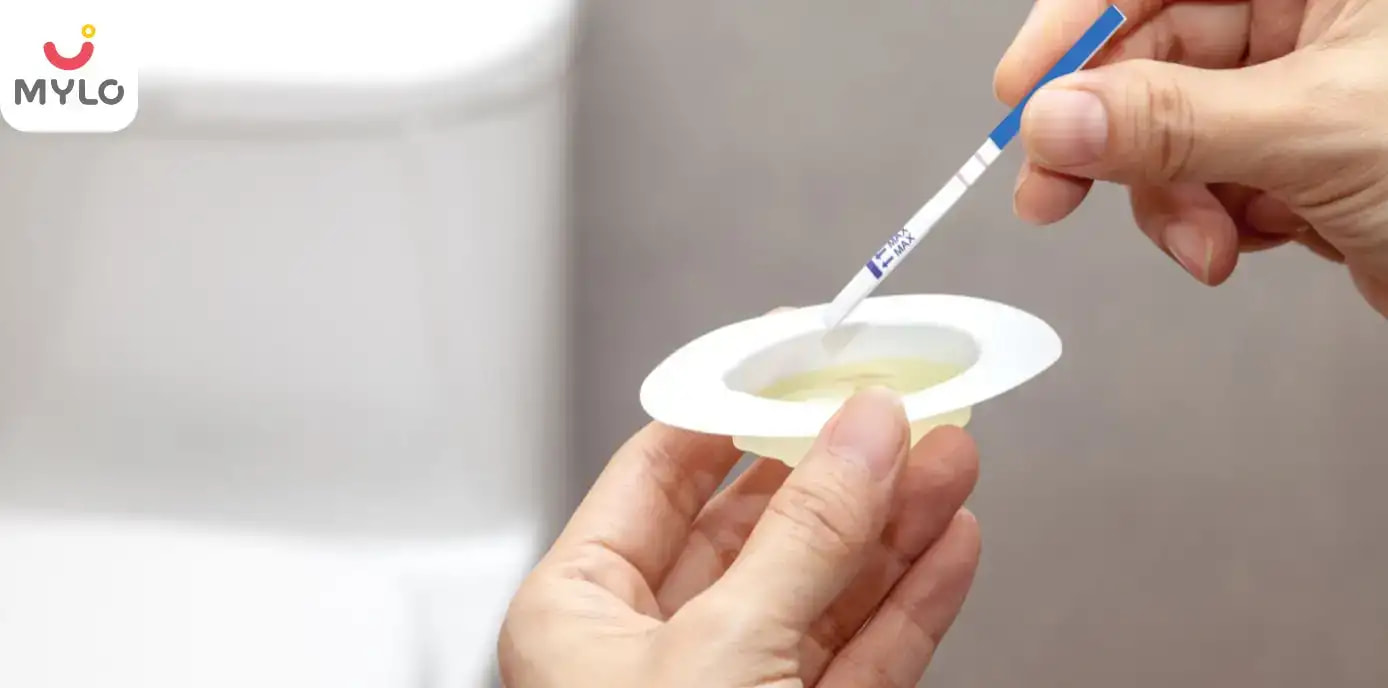Home

Pregnancy Tests

How do doctors check for pregnancy?
In this Article

Pregnancy Tests
How do doctors check for pregnancy?
Updated on 3 November 2023
Doctors can check for pregnancy in a number of ways, depending on how soon after a sexual activity the woman comes in for an exam. If you’re worried about getting pregnant or think you might be pregnant but have no idea yet, you can take a home pregnancy test. These are cheap and widely available online and at drug stores. Taking a home pregnancy test is not foolproof; it may give false results, if you take it too early after having sex or if your body produces neutral antibodies that cross-react with the test kit.
If you don’t have access to a home pregnancy test and your period is late, there are other ways for doctors to test for pregnancy. The most common tests measure levels of human chorionic gonadotropin (hCG), which is produced by the placenta right around conception, as well as blood and urine tests for hormone levels related to ovulation and menstruation cycles.
Why should you visit your doctor for a pregnancy test?
If you want to detect your pregnancy early, you can opt for an HPT (home pregnancy test). If you have taken a home pregnancy test and it is positive and if you want to move further with it, you should contact a gynaecologist or an obstetrician right away. If you visit the doctor, he/she can use blood testing following the clinical exam of the pelvis to confirm the pregnancy. These tests are delicate and sensitive.
If the test results are positive, but you want to discontinue the pregnancy, you should visit the doctor to help you out. The doctor will do a physical exam followed by an ultrasound to check for how long you’ve been pregnant and discuss the discontinuation options that are best for certain conditions.
How is the UPT (urine pregnancy test) used at a doctor’s clinic?
The UPT is a pregnancy test that can detect the hormone human chorionic gonadotropin (HCG) in urine. HCG is produced by the placenta during pregnancy. UPT can be used 10 days after fertilisation, and it can accurately detect pregnancy as early as 6-7 days after conception.
The UPT is usually used at home to detect a possible pregnancy, but it may also be used by doctors during prenatal care for women, who are pregnant or who have reason to suspect they might be pregnant.
How many types of pregnancy tests are available at a doctor’s office?
There is a wide range of tests used for diagnosing pregnancy, but some commonly used tests are listed below:
- blood tests
- urine tests
A blood test is done to check the pregnancy hormone or HCG. You must see a doctor to do a blood test. The other test includes the urine test for HCG hormone.
After diagnosing the pregnancy, doctors perform urine tests or UPT in their clinics. They can further perform other tests after the urine test, like blood and ultrasound.
Blood pregnancy tests are of two certain types:
* Quantitative blood test
This test measures exactly how much HCG is present in the blood. Even if the amount of HCG is very low, this test can still accurately measure it. As it identifies the amount of HCG, it may help detect the complications during pregnancy.
* Qualitative blood test
This test is done only to check for the presence of HCG. It gives a direct answer, ‘yes’ or ‘no’. The doctors advise this test after ten days of missing period.
What happens during a sonogram procedure?
A sonogram is a type of ultrasound that can be used to get an image of the baby in the womb. The images are called sonograms.
The picture may be coloured or maybe in black or white, displayed on a TV screen. This picture is known as an echogram or sonogram. It is saved as a part of the medical record.
This sonogram helps in determining the estimated age of the foetus. It gives you information about how far the pregnancy has reached.
What is a transvaginal sonogram and how is it performed?
A transvaginal sonogram is an ultrasound scan of a woman's pelvic area. This is done by inserting a probe into the vagina.
A transvaginal sonogram can be used to examine the uterus and the ovaries as well as other structures in the pelvic cavity. The probe will be inserted into the vagina and moved around until it covers the area that needs to be examined.
The vaginal probe has a small tube attached to it which is filled with gel, so that sound waves can pass through it easily and ensure clearer images on a screen. The procedure is done after you lie on the back with your hips raised slightly. This transducer will be put inside the vagina and moved to get a good view. In general cases, no discomfort is seen. Just a little pressure can be felt when the transducer is rotated. There is no certain risk associated with a vaginal sonogram for the mother and developing embryo.
Conclusion
There are various tests used for pregnancy detection, but the best way is to visit a gynaecologist and get yourself examined. This would ensure that the health of an expecting mother and the foetus is good. When doctors check for pregnancy, they will provide you with proper guidance to be followed during your pregnancy period.
Wishing you happy and safe motherhood!
You may also like: How To Read Ultrasound Report Of Pregnancy? (mylofamily.com)
Popular Articles:
How To Test Pregnancy At Home With Kit | How To Use Pregnancy Test Strip | How To Check Pregnancy At Home With Fingers | How To Check Pregnancy At Home Without Kit
Trending Articles:
How To Self Check Baby's Heartbeat During Pregnancy At Home | After How Many Days Of Sex We Can Check Pregnancy | How Often To Check Thyroid Levels During Pregnancy | How To Check Pregnancy By Pulse



Written by
Priyanka Verma
Priyanka is an experienced editor & content writer with great attention to detail. Mother to an 11-year-old, she's a ski
Read MoreGet baby's diet chart, and growth tips

Related Articles
RECENTLY PUBLISHED ARTICLES
our most recent articles

Diet & Nutrition
গর্ভাবস্থায় আলুবোখরা: উপকারিতা ও ঝুঁকি | Prunes During Pregnancy: Benefits & Risks in Bengali

Diet & Nutrition
গর্ভাবস্থায় হিং | ঝুঁকি, সুবিধা এবং অন্যান্য চিকিৎসা | Hing During Pregnancy | Risks, Benefits & Other Treatments in Bengali

Women Specific Issues
স্তনের উপর সাদা দাগ: লক্ষণ, কারণ এবং চিকিৎসা | White Spots on Nipple: Causes, Symptoms, and Treatments in Bengali

Diet & Nutrition
গর্ভাবস্থায় পোহা: উপকারিতা, ধরণ এবং রেসিপি | Poha During Pregnancy: Benefits, Types & Recipes in Bengali

Diet & Nutrition
গর্ভাবস্থায় মাছ: উপকারিতা এবং ঝুঁকি | Fish In Pregnancy: Benefits and Risks in Bengali

Diet & Nutrition
গর্ভাবস্থায় রেড ওয়াইন: পার্শ্ব প্রতিক্রিয়া এবং নির্দেশিকা | Red Wine During Pregnancy: Side Effects & Guidelines in Bengali
- ইনার থাই চ্যাফিং: কারণ, উপসর্গ এবং চিকিৎসা | Inner Thigh Chafing: Causes, Symptoms & Treatment in Bengali
- গর্ভাবস্থায় ব্রাউন রাইস: উপকারিতা ও সতর্কতা | Brown Rice During Pregnancy: Benefits & Precautions in Bengali
- Velamentous Cord Insertion - Precautions, Results & Safety
- Unlock the Secret to Flawless Skin: 7 Must-Have Qualities in a Face Serum
- Unlock the Secret to Radiant Skin: How Vitamin C Serum Can Transform Your Complexion
- Gender No Bar: 10 Reasons Why Everyone Needs a Body Lotion
- Unlock the Secret to Radiant Skin How to Choose the Perfect Body Lotion for Your Skin Type
- Top 10 Reasons to Apply a Body Lotion After Every Bath
- Communication in Toddlers: Milestones & Activities
- How to Improve Vocabulary for Toddlers?
- A Comprehensive Guide to Understanding Placenta Accreta
- Vulvovaginitis in Toddlers Causes, Symptoms and Treatment
- A Comprehensive Guide to Understanding Cerebral Palsy in Children
- Bitter Taste in Mouth During Pregnancy: Understanding the Causes and Remedies


AWARDS AND RECOGNITION

Mylo wins Forbes D2C Disruptor award

Mylo wins The Economic Times Promising Brands 2022
AS SEEN IN
















- Mylo Care: Effective and science-backed personal care and wellness solutions for a joyful you.
- Mylo Baby: Science-backed, gentle and effective personal care & hygiene range for your little one.
- Mylo Community: Trusted and empathetic community of 10mn+ parents and experts.
Product Categories
baby carrier | baby soap | baby wipes | stretch marks cream | baby cream | baby shampoo | baby massage oil | baby hair oil | stretch marks oil | baby body wash | baby powder | baby lotion | diaper rash cream | newborn diapers | teether | baby kajal | baby diapers | cloth diapers |








